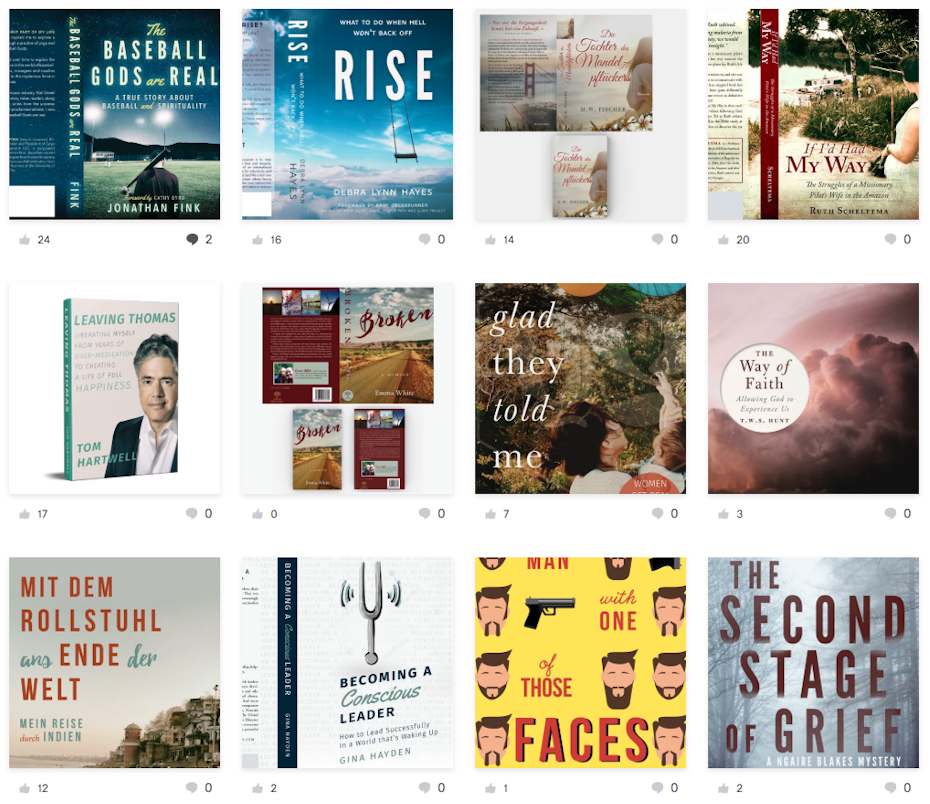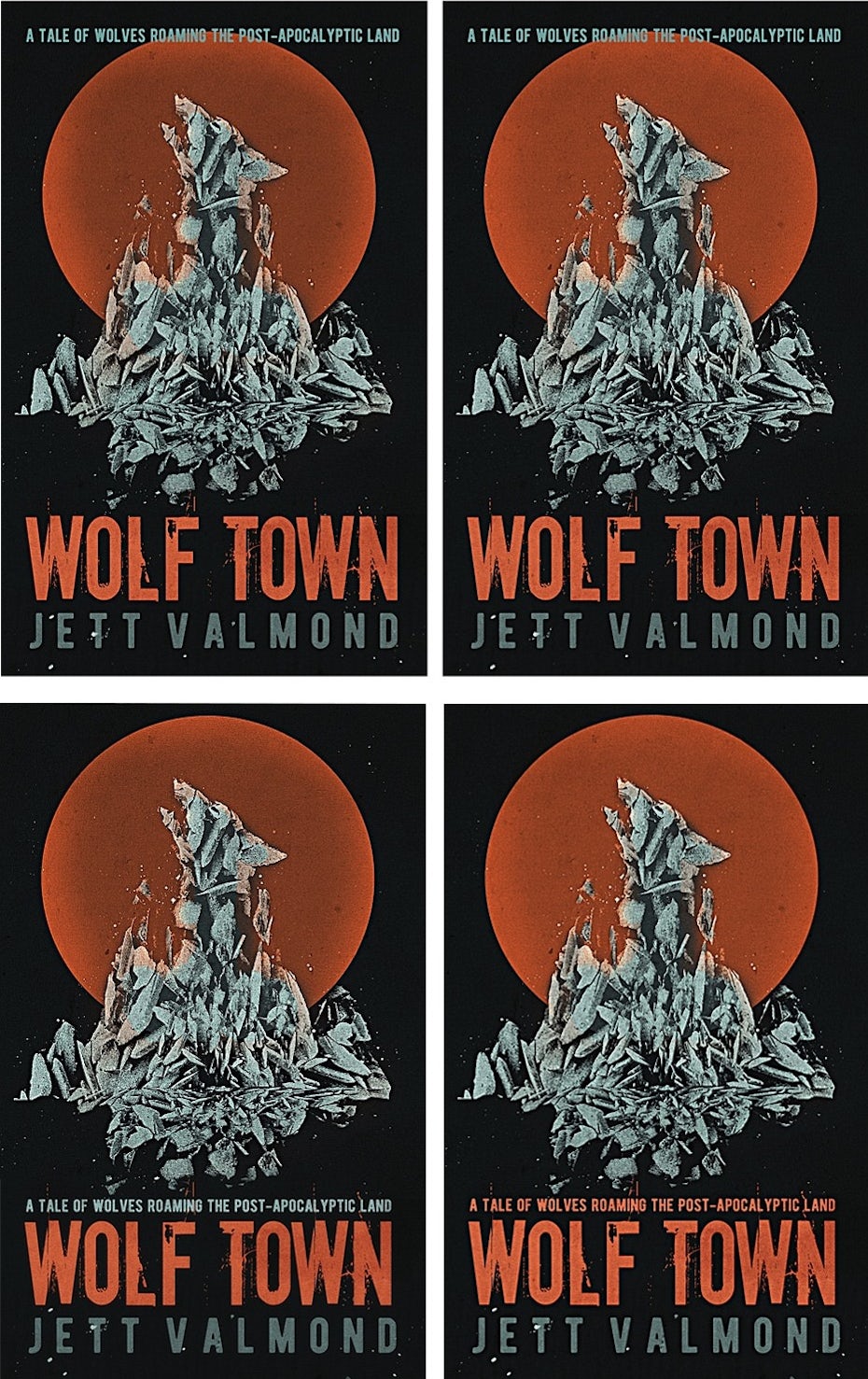Long Time Production Graphic Designer Nothing in Portfolio
A solid graphic design portfolio is your ticket to professional success. It is your calling card and your way in—the visual representation of all you've accomplished so far and a symbol for where you hope to be in the future. Basically, it has to kick ass.
To push your portfolio to the front of the ever-growing crowd it helps to know what to include and what to leave out. Here's how to build a graphic design portfolio that will blow your clients away.
Include the good stuff
—

When considering what to include in your graphic design portfolio, there's an easy answer: only your best work.
When you're building a portfolio you need to ensure that each example shines and helps to showcase a wide variety of skills and abilities. This means if you're early in your career your portfolio might be short and sweet, a single page of really strong projects that make you proud. Don't make a visitor flip through dozens of designs to find the really good stuff.
Keep in mind, however, that not all of your examples have to be exciting—a well executed business card design or landing page might not be the sexiest product, but they still show a potential client the range of work you can produce. And not every sample needs to be work you were paid for—feel free to include that poster you designed for a friend's passion project or illustration you created on your own time—but make sure to label them as self-initiated versus paid.

Skip questionable work
—
In terms of what you should leave out: any projects where you were unhappy with the final product. Every graphic designer will lose an occasional battle with a client in order to keep them happy and fit their vision. This is nothing to lose sleep over. But when it comes to your portfolio there's only room for your best work. You might be tempted to attach a narrative explaining that you didn't love the shade of hot pink the client requested or the font you couldn't talk them out of—don't do this. Let the work stand alone. Explaining away client requests will only make you look petty and bitter and might turn a client off.

And don't include numerous examples of the same style product. If you've designed fifty logos, pick the best five. Maybe include a rustic brewery logo and one for a refined upscale clothing boutique. Again, the most important takeaways for visitors to your portfolio should be your ability and range. Leave out examples where you worked on a team and were not integral to the execution of the final design. Sure, maybe it's a great design, but if someone else illustrated it and a client asks you to produce something similar, you won't be able to fulfill their request.
Consider your format
—
Put some research into the website you plan to use to host your portfolio. Perhaps your best choice will be a platform that allows you to create a profile and upload your samples. Whatever option you choose, be sure the page can not only accommodate a highly visual site but that it presents your work in a way that is aesthetically pleasing. A gallery-style page with many small entries could work well for logo designs, but if you're a photographer your photos need to be fullscreen to be impactful. Many portfolio websites offer templates and extensions with lightbox galleries made especially for photographers. If you work in a range of styles or formats, break it into digestible mini-portfolios that are easy to navigate and browse.

Tell a story
—
Think of your portfolio as telling a story. It should provide a narrative arc with a beginning, middle and end, with your strongest work serving as bookends at the start and conclusion. If you front load the good stuff a client might be left with a poor impression if the work tapers off or weakens as they click through. On the other hand, saving your best work for last could mean a busy hiring manager or Art Director doesn't even find the examples you really need them to see. Captions or explanations should be short and to the point. Let your work speak for itself—clients can contact you to ask questions if they have them. Any writing on your portfolio should be both sincere and confident.

If you choose to include longer narratives, like an About or Bio, keep them on-topic and avoid rambling thoughts. Clients don't need to know everything about you to make a decision about hiring you. Be sure your contact information is easy to find, thorough and up to date.
Get social
—
It's important to remember your portfolio is only one part of your online presence as a graphic designer. Remember to include your social media handles. Social media can be a great way to build your brand and bring the necessary human element that might convince a client to hire you. Cultivate social media streams that connect and interact with your portfolio—maybe retweet a web poster you designed for an event or use your Instagram feed to show works in-progress, killed drafts and even mistakes. Apps like Hyperlapse or other time-lapse programs show your workflow on a large project in a condensed and entertaining format. Link to your portfolio to show the final product.

You can also use social media to show who you are as a person. If you're involved with any causes or have done pro-bono work, talk that up. Create content that sends people to your portfolio because they're intrigued about who you are as a person. Remember: if you choose to use social media this way, keep your feeds clean and professional. It's fine to tweet a photo of your cat sitting on your laptop—who doesn't love a cute cat photo?—but keep the rants and frustrations with clients private. The last thing a potential client wants to see is a person who is difficult to work with or not discreet. And to retain privacy and security, keep some social channels open and keep others private, like your personal Facebook page (which should be the home of all those other cat photos).

Remember: it's alive!
—
A portfolio isn't a stagnant thing. In fact it's like a living entity that evolves as you do. One of the greatest feelings in the world is is tightening your portfolio, removing the waste and filler and adding more relevant, updated content. Update it often as your skills improve and your focus changes.
As you gain more experience, update your portfolio to reflect the kind of work you want to do more of. If you truly love designing landing pages and would enjoy designing them every day, make those the cornerstone of your portfolio, billing yourself as the expert an art director or hiring manager can't pass up for their next job.
Your portfolio should feel fresh, human and carefully curated. If executed well, potential clients or employers will receive a strong sense of who you are as a person and as a professional—and your work will truly shine.
Wanna build your portfolio and attract clients from all over the world?
Sign up as a designer on 99designs and get started right away!
Long Time Production Graphic Designer Nothing in Portfolio
Source: https://99designs.com/blog/freelancing/how-to-build-graphic-design-portfolio/
0 Response to "Long Time Production Graphic Designer Nothing in Portfolio"
Post a Comment